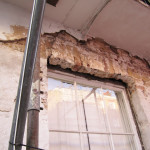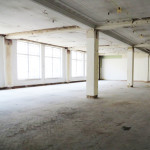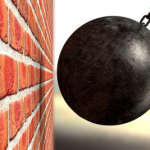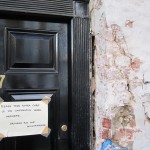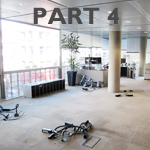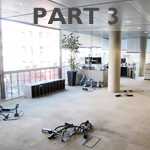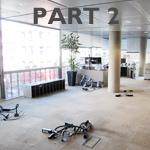Operating a break clause is not simply a case of submitting a formal notice to terminate the lease in accordance with the break clause conditions. This is far from the case, and the devil is in the detail. Break clauses will almost always contain specific requirements for performance; Failure to strictly comply with these pre-conditions […]
Tenant Guide to Landlord Disrepair Claims
The expiry of a lease presents a landlord with the possibility of an income void lasting many months, which has an even greater impact in a difficult lettings market. It is unsurprising, therefore, that unscrupulous landlords sometimes regard a terminal dilapidations claim as a means of offsetting the leaner times ahead. What can a tenant […]
Head tenant held liable for disrepairs outside demise
A residential long leaseholder may be liable without notice to his subtenant under the Landlord and Tenant Act 1985 for disrepairs to communal areas outside his demise by virtue of having a right over those areas. In Edwards v Kumarasamy (2015) Mr K was the long leaseholder of a flat in a residential block. Mr […]
Can Empty Rates be Avoided During Refurbishment Works?
In a case concerning liability to empty rates the Court of Appeal found that an office in the middle of a scheme of refurbishment and not actually fit for occupation still attracted a rates liability. S J & J Monk v Newbigin (VO) (2015) concerned an office building in Sunderland. At the relevant valuation date […]
Why is the Landlord’s Intention Relevant to Dilapidations?
Why is the landlord’s intention relevant to dilapidations at the end of the lease term? This paper was written for the RICS Dilapidations Forum Conference 30 September 2014 by Guy Fetherstonhaugh QC. Introduction It is notoriously the case that a claim for damages for terminal dilapidations is limited by section 18(1) of the Landlord and […]
Dilapidations Definition. What is Dilapidations?
Dilapidations definition is an allegation of a breach of a tenant’s legal obligations under the repair, decoration and reinstatement covenants stipulated within a property lease.” Following the identification of a possible breach of lease, a landlord will usually submit a claim for damages (dilapidations claim), which is enforceable in a court of law. Simplified – a […]
Falcon Chambers on Dilapidations Claims
At the heart of any dilapidations dispute is the appropriate meaning to attribute to the words of a repairing covenant. This paper considers, first, the process of construing repairing covenants and establishing whether a landlord or a tenant has a remedy in any given case. Secondly, the various remedies open to the parties will be […]
Must a tenant remove tenant’s fixtures?
Battles about Chattels Part 4 of 4 Chattels – The General Rule Nearly every lease has an express covenant by the tenant to yield up possession at the end of the term. Even if there is no express covenant, there will be an implied obligation to deliver up vacant possession when the lease ends. This […]
What is a tenant’s obligation if a chattel is let with the building?
Battles about Chattels Part 3 of 4 The tenant’s obligations in respect of chattels let with the building e.g. carpets which are not fixtures will depend entirely on the terms of the lease; it is not possible to give any general guidance. They may be referred to in the lease expressly, or as “fittings” (see […]

